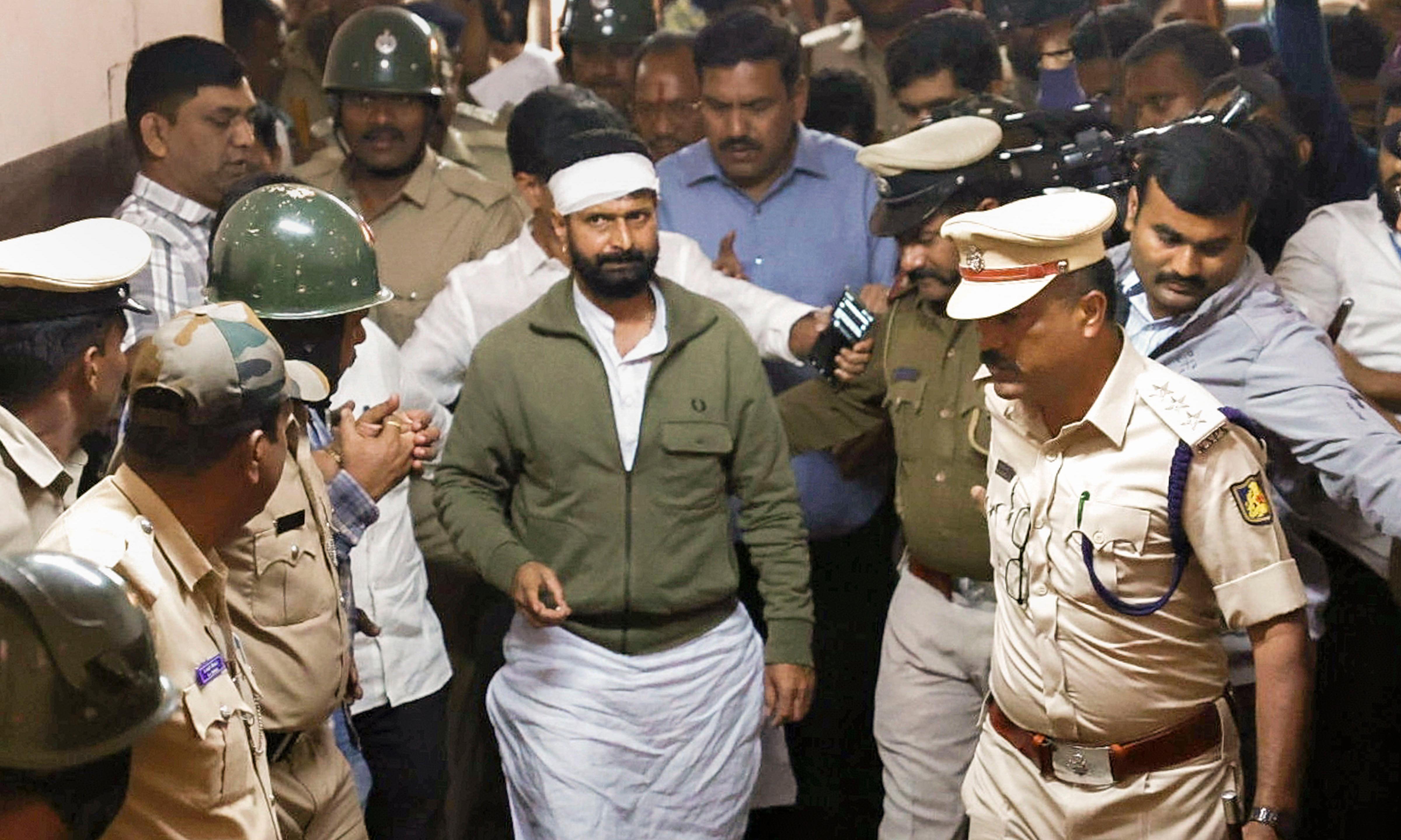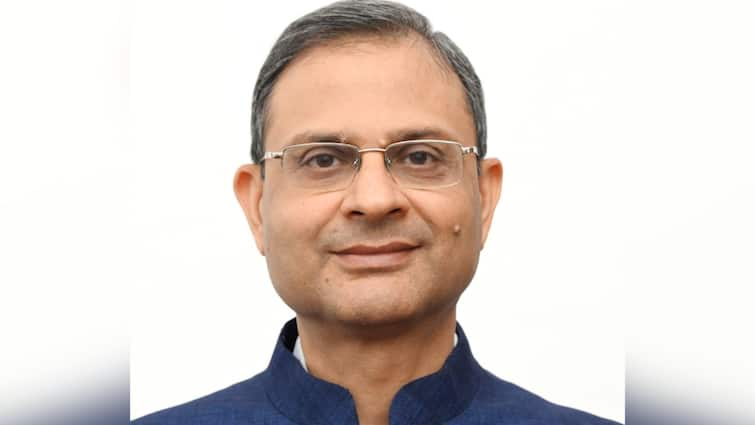
Explained | Governor R.N Ravi vs. M.K. Stalin’s government in Tamil Nadu: a timeline of events
The HinduCome September, Tamil Nadu Governor R.N. Simultaneously, the Chief Minister referred to other Bills and files “pending for several months” and pointed out that “by taking action on them, the honour of the Tamil Nadu Legislative Assembly could be protected.” Despite giving an assurance in March, the Governor had not forwarded the Bill even in April, which is when Mr. Stalin and his Council of Ministers boycotted the Governor’s ‘at-home reception’ at the Raj Bhavan, opposing the delay. Subsequently, in a joint Memorandum, MPs of the State’s ruling Secular Progressive Alliance, flagged the Governor’s “unfortunate propensity to publicly profess his lack of faith in the secular ideals of this country.” Two language policy In his Republic Day address, Mr. Ravi subtly pushed for a three-language policy. Trouble began in the first Assembly session of the new tear after Mr. Ravi skipped a paragraph containing references to certain national and regional stalwarts including Dravidar Kazhagam founder Periyar, father of the Indian Constitution B. R. Ambedkar, former Chief Ministers K. Kamaraj and C. N. Annadurai, and the term “Dravidian model of governance.” Objecting to Mr. Ravi’s action, soon after Speaker M. Appavu read out the Tamil translation of the Governor’s tabled address, Mr. Stalin moved a resolution to retain on the Assembly records only the printed and approved speech copy that was presented to the members of the House earlier. Mr. Stalin said the assent was a “good consequence” of the resolution passed by the Assembly, pointing out how Tamil Nadu’s administration and the future of youngsters were being affected due to the pendency of many Bills Senthilbalaji’s dismissal and the U-turn Adding to the episodes of friction, Governor Ravi in June unilaterally “dismissed with immediate effect” arrested Minister V. Senthilbalaji from the Council of Ministers, only to backtrack on his decision later that night.
History of this topic

DMK's Rise: Stalin Aims to Break 50-Year Jinx
India Today
Palaniswami asks Stalin why he is not taking the initiative to get the State’s issues resolved
The Hindu
Watch: The DMK-BJP bonhomie | Focus Tamil Nadu
The Hindu
Tamil Nadu CM Stalin Attends Raj Bhavan Tea Party Event Despite DMK Boycott
Deccan Chronicle
Tamil Nadu Ruling Coalition Boycotts Governor’s R-Day Tea Party
Deccan Chronicle
Tamil Nadu Congress to boycott Governor R.N. Ravi’s Independence Day tea party on August 15
The Hindu)
'My favourite post is...': Udhayandhi Stalin on his possible elevation to Dy CM of Tamil Nadu
Firstpost
5 facts about Udhayanidhi Stalin who is likely to be Tamil Nadu deputy chief minister
Hindustan Times
Udhayanidhi Stalin elevation as MK Stalin's deputy on cards? DMK leader drops hint
Hindustan Times
Tamil Nadu Governor RN Ravi reinstates DMK's K Ponmudi after rebuke by SC
India TV News
DMK manifesto says party will clip governor’s powers
Hindustan Times
Jharkhand Governor given additional charge of Telangana
New Indian ExpressTamil Nadu government approaches Supreme Court as Governor Ravi refuses to swear-in Ponmudy as Minister
The Hindu
Tamilisai resigns as Telangana, Puducherry Governor; eyes BJP ticket for LS polls from Tamil Nadu
New Indian Express
Minister post for Ponmudy: DMK goes to SC, slams guv
New Indian Express
Tamil Nadu: MK Stalin's DMK insulted J Jayalalithaa, says PM Narendra Modi
Hindustan Times
Tamil Nadu Today | PM Modi campaigns in Chennai
The HinduPM Modi neglecting genuine demands of the T.N. government: CM Stalin
The Hindu
Tamil Nadu: CM MK Stalin Vows to Continue his Fight Against Fascism
Deccan Chronicle
'Governor Ravi's conduct in assembly seems continuation of his political activities': Tamil Nadu CM Stalin
India TV News
Tamil Nadu Today | Governor accepts Senthilbalaji’s resignation
The Hindu
Tamil Nadu Governor RN Ravi alleges corruption in PM Awas Yojana scheme
Live Mint
Ravi meets Stalin, holds discussions as suggested by SC
The Hindu
Tamil Nadu slams Ravi for again sending 10 bills to Prez after SC order
Hindustan Times
'Resolve impasse with Chief Minister...': Supreme Court to Tamil Nadu Governor
India Today
Supreme Court notes Tamil Nadu’s contention that Governor has no ‘discretion’ to withhold re-passed Bills
The Hindu
DC Edit | TN govt tries to salvage democracy from Ravi
Deccan Chronicle
Tamil Nadu CM Stalin says Governor’s act is illegal, anti-people and against sovereignty of Assembly
The Hindu
Tamil Nadu governor returns 10 bills, Stalin govt calls special House session to adopt them again
Hindustan Times
Tamil Nadu governor returns bills sent to him, DMK govt set to adopt them again
Hindustan Times
TN Governor RN Ravi hits out at DMK leader's remark on Naga people: 'Insulting them is unacceptable’
Hindustan Times
"Governor Acting As A Political Rival": Tamil Nadu Government Moves Supreme Court Against Governor RN Ravi's Inaction In Assenting Bills
Live Law
Tamil Nadu Governor vs DMK government over 'delay in bills' in Supreme Court
India Today
R.N. Ravi’s continuance as Tamil Nadu Governor is advantageous to the DMK: CM Stalin
The Hindu
'Don't Change Governor Till 2024 Lok Sabha Polls': Stalin Mocks Union Govt
ABP News
'Don't change Governor, let him continue until 2024': MK Stalin's dig at PM
India Today
'Don't change him till Parliament polls': MK Stalin attacks Tamil Nadu governor RN Ravi with sarcasm
Hindustan Times
'From North India...': DMK slams Tamil Nadu Governer RN Ravi's 'freedom fighters' remark
India Today
TNPSC appointments row | T.N. Governor Ravi returns file recommending ex-DGP as chairperson, again
The Hindu
The vexatious problem of caste atrocities in Tamil Nadu
The Hindu
Tamil Nadu Government vs Governor row | Records reveal Madras High Court having restrained Nayakkaneri panchayat president from taking charge
The Hindu
Governor’s remark on Dalit woman’s inability to take charge as panchayat president inaccurate and defamatory: Duraimurugan
The HinduDemand for recalling Governor revived
Deccan Chronicle
Change your name to RSS Ravi: Stalin's son slams Governor amid protest against NEET
Deccan Chronicle
Should Change His Name To RSS Ravi Udhayanidhi Stalin Hits Out At Tamil Nadu Governor RN Ravi Amid NEET Bill Row
ABP NewsT.N. Governor should be removed: CPI leader D. Raja
The HinduDC Edit | In Tamil Nadu & elsewhere, governors can't block governments
Deccan ChronicleGovernor being at loggerheads with CM is detrimental to people’s welfare: CPI(M)
The Hindu
Governors in Opposition-ruled States Interfere; Stalin Right in Seeking Ravi's Removal: Sibal
News 18Discover Related
















































